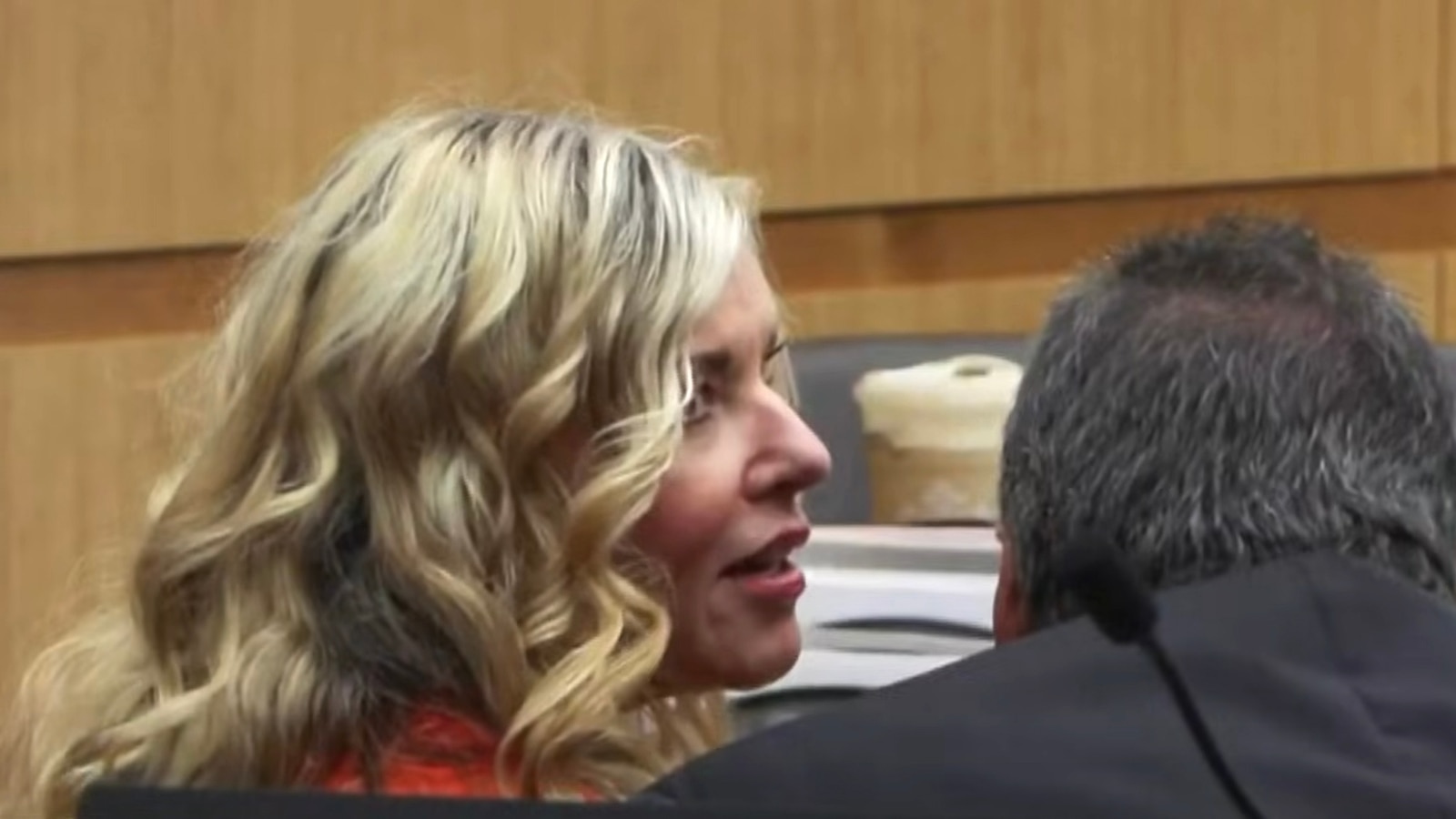What Happened
In response to escalating protests in downtown Los Angeles, Mayor Karen Bass announced a local emergency curfew that went into effect on June 10, 2025. The curfew is set from 8 p.m. to 6 a.m. and will apply to a one-square-mile area of downtown, which has been the epicenter of protests against recent immigration enforcement actions by the Trump administration. The decision to impose a curfew was influenced by reports of violence and looting during the protests, with approximately 23 businesses reported looted over the preceding days.
The protests, which began in reaction to immigration raids, have seen a significant increase in arrests, with the Los Angeles Police Department (LAPD) reporting that at least 378 individuals were arrested over a span of four days. The mayor indicated that the curfew would likely remain in effect for several days, pending consultations with law enforcement and elected officials regarding its duration.
Key Details
- Curfew Details: The curfew is in place from 8 p.m. to 6 a.m. and affects a one-square-mile area of downtown Los Angeles, which is part of a city that spans 502 square miles.
- Exemptions: Residents within the designated curfew area, individuals experiencing homelessness, credentialed media, and public safety personnel are exempt from the curfew. Those who violate the curfew without exemption may face arrest.
- Protest Activity: The protests have been characterized by a mix of peaceful demonstrations and instances of violence, including vandalism and looting. The LAPD has noted a concerning escalation in unlawful behavior, with arrests increasing significantly over the course of the protests.
- Political Context: The protests have been fueled by broader tensions surrounding immigration policies under the Trump administration, with California Governor Gavin Newsom criticizing the federal response to the unrest and the deployment of National Guard troops to the area.
Multiple Perspectives
The imposition of the curfew has drawn mixed reactions from various stakeholders. Mayor Bass emphasized that the curfew is a necessary measure to protect lives and property, stating, “When that expression crosses into unlawful conduct, when lives are put at risk and when our city safety is compromised, we must act.” She also noted that the curfew is not intended to silence lawful protest but to address the violence that has emerged.
Conversely, critics, including Governor Newsom, have expressed concerns about the militarization of the response to protests. Newsom has argued that the deployment of National Guard troops was an unnecessary escalation that could further inflame tensions. He has called for a focus on peaceful protest and dialogue rather than military intervention.
Additionally, some community members and activists have voiced concerns that the curfew may disproportionately impact marginalized groups and hinder their ability to express dissent against government actions. They argue that the curfew could suppress legitimate protests and stifle free speech.
Context & Background
The protests in Los Angeles are part of a broader national conversation about immigration enforcement and civil rights. The Trump administration’s aggressive immigration policies have faced significant backlash, particularly in states like California, which has a large immigrant population. The recent protests were sparked by fears of increased deportations and raids, leading to widespread demonstrations across the state.
The curfew reflects a growing concern among local officials about public safety and property damage amid the unrest. The decision to implement a curfew is often seen as a last resort to restore order in situations where protests escalate into violence. However, it also raises questions about the balance between maintaining public safety and protecting the right to protest.
What We Don’t Know Yet
As the situation in Los Angeles continues to evolve, several uncertainties remain. It is unclear how long the curfew will be in effect and whether it will be extended beyond the initial days as assessed by city officials. Additionally, the long-term impact of the protests on community relations and public policy regarding immigration enforcement is still unfolding.
The effectiveness of the curfew in curbing violence and restoring order will also be closely monitored. Law enforcement’s approach to managing protests in the coming days, particularly in relation to the presence of National Guard troops, could influence public sentiment and the dynamics of ongoing demonstrations.
Furthermore, the broader implications of these events on national immigration policy and the political landscape in California and beyond remain to be seen. As local and state officials navigate these challenges, the balance between civil rights and public safety will continue to be a contentious issue.


